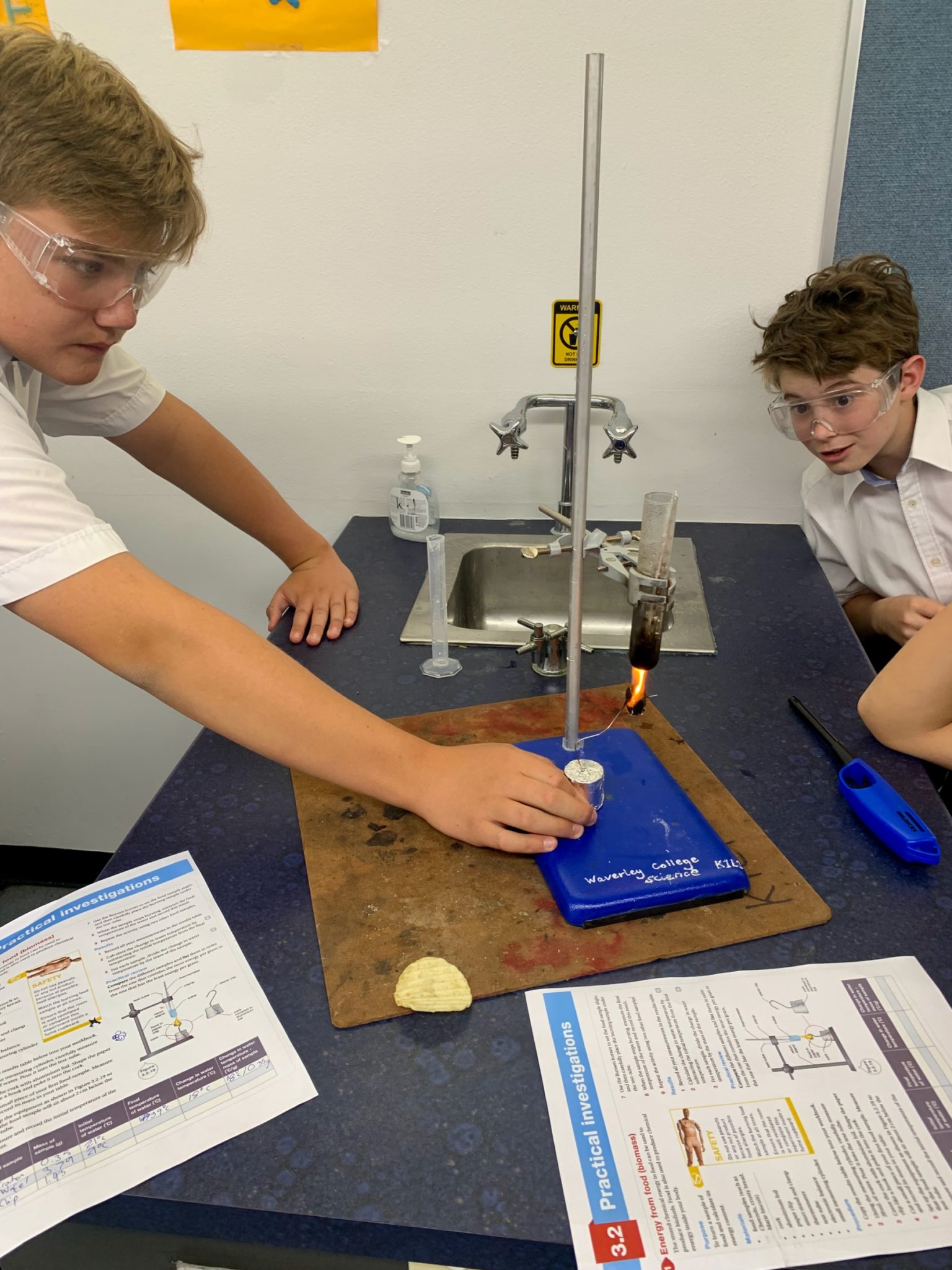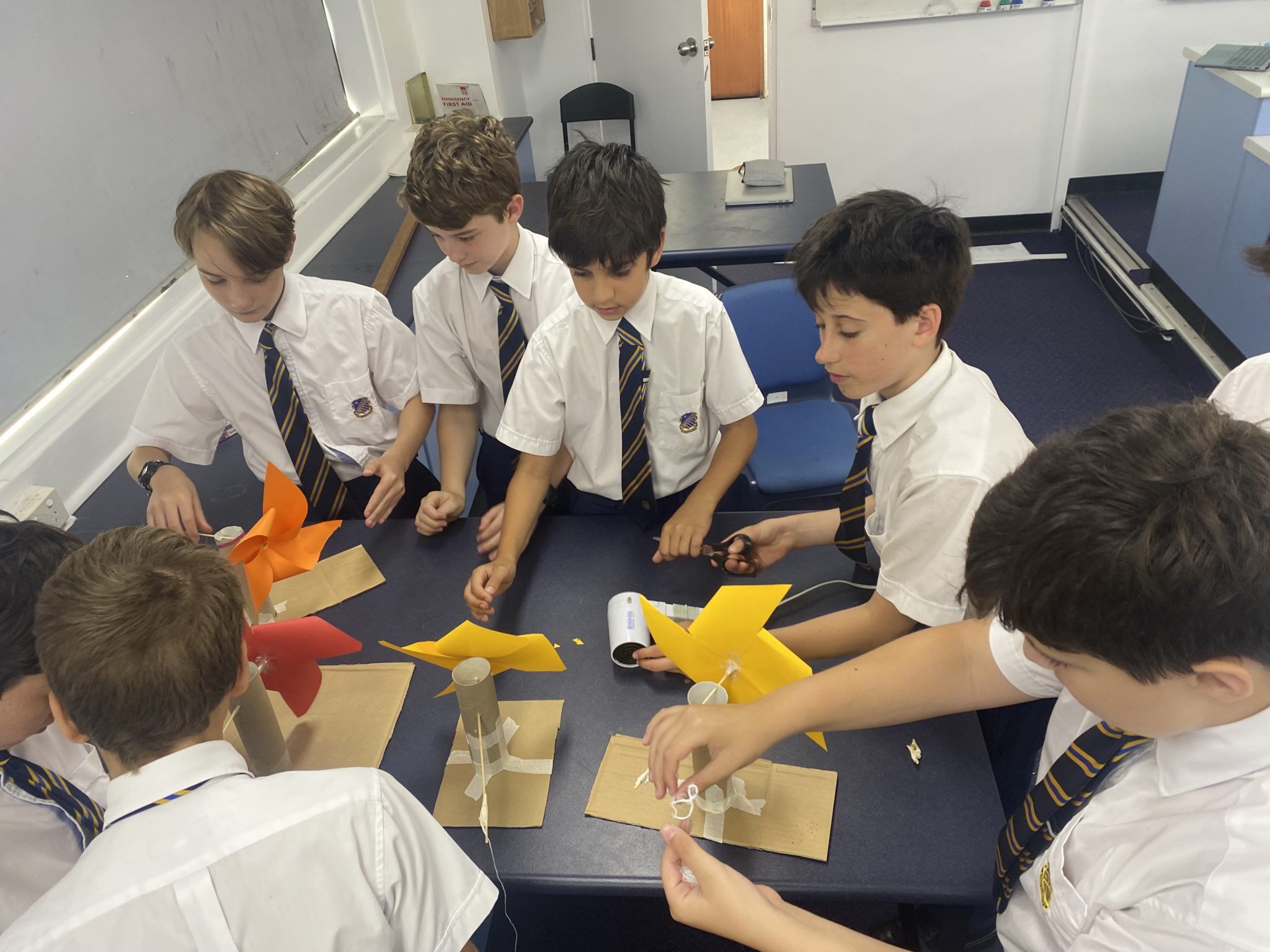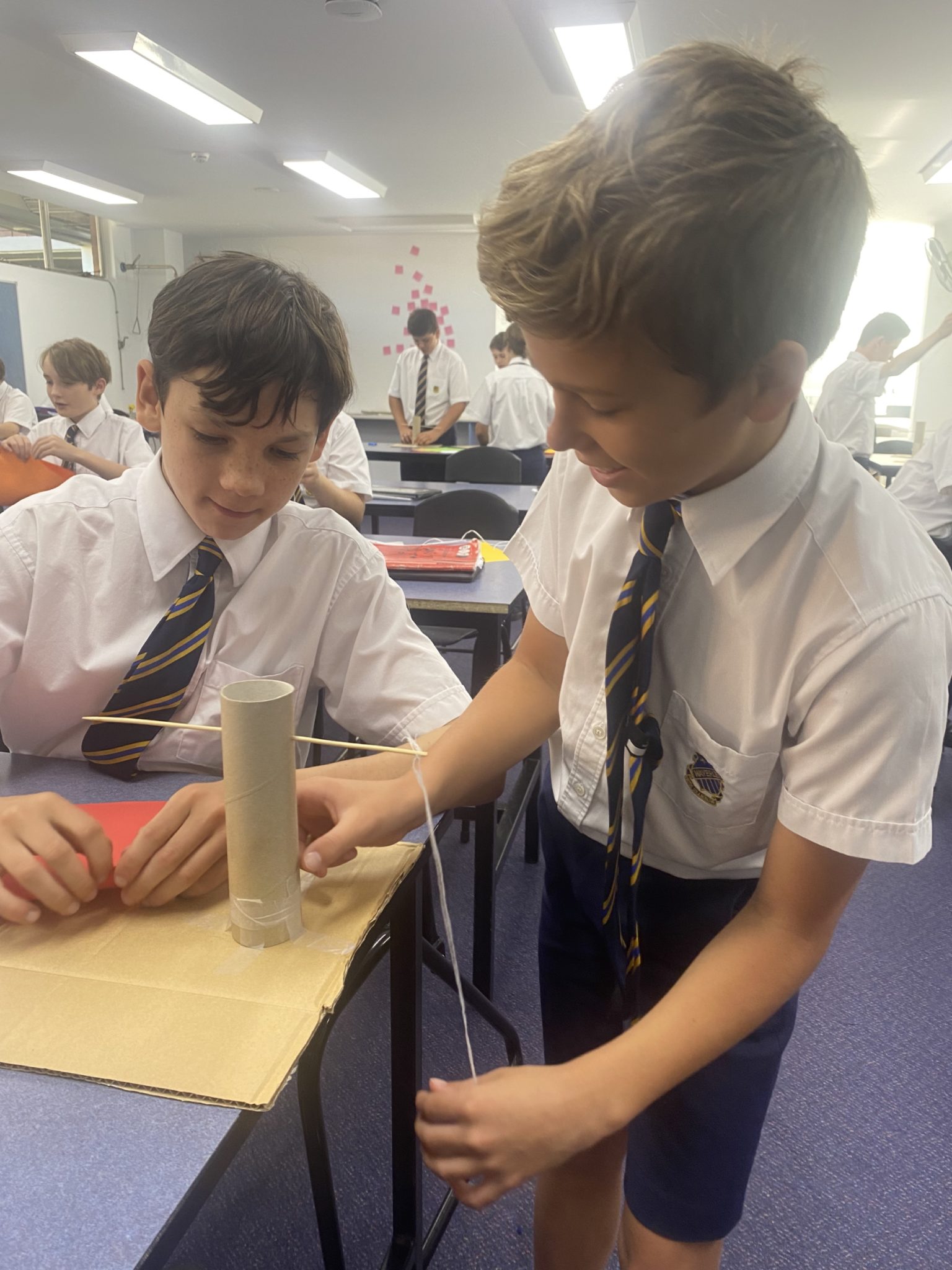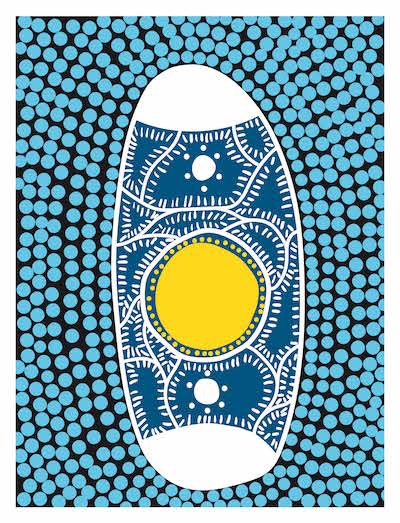Over the past few weeks, students in Mr Lind’s 7.1 Science class worked in teams to confront two critical questions:
- how much mechanical power do you think a windmill can produce
and
- what types of food have the most potential energy?
Trying on the role of junior engineers for the week, the boys designed wind turbines to test their hypotheses for maximising wind power. By evaluating the project, it became evident that the boys key takeaways differed, depending on their personal interests.
For Kobey Sager, the windmill experiment supported his understanding of the brake and accelerant potential of wind in the building of his go-cart, whereas Alex Janis noted the ramifications for flags at the beach, and Harry Trinca considered the role of windsocks at the airport.
Later in the week, the focus on potential energy shifted from fans to food, specifically, what types of food have the most potential energy? For these self-professed hungry students, an investigation of this nature was of the utmost importance! What better way to learn about the energy content in food than to burn some in the Science lab? Beginning with the humble potato chip, the boys quickly learnt that a big flame equaled a high fat content but energy fizzled fast, whereas chocolate wafers burnt for the longest time.
Although Mr Lind provided modelling of the reliable scientific research process for the class, he also ensured students had the flexibility to investigate and answer these deep inquiry questions, with the goal of building each student’s ability to handle cognitive complexity.
Each team worked at a different pace, which is consistent with the evaluative nature of many STEM problems, meaning problem solving is an important part of a student’s eventual success. Hands-on opportunities like these support the adoption of a student’s healthy attitude to learning and growth through self reflection, resilience and the sneaky consumption of a chocolate wafer or two!







